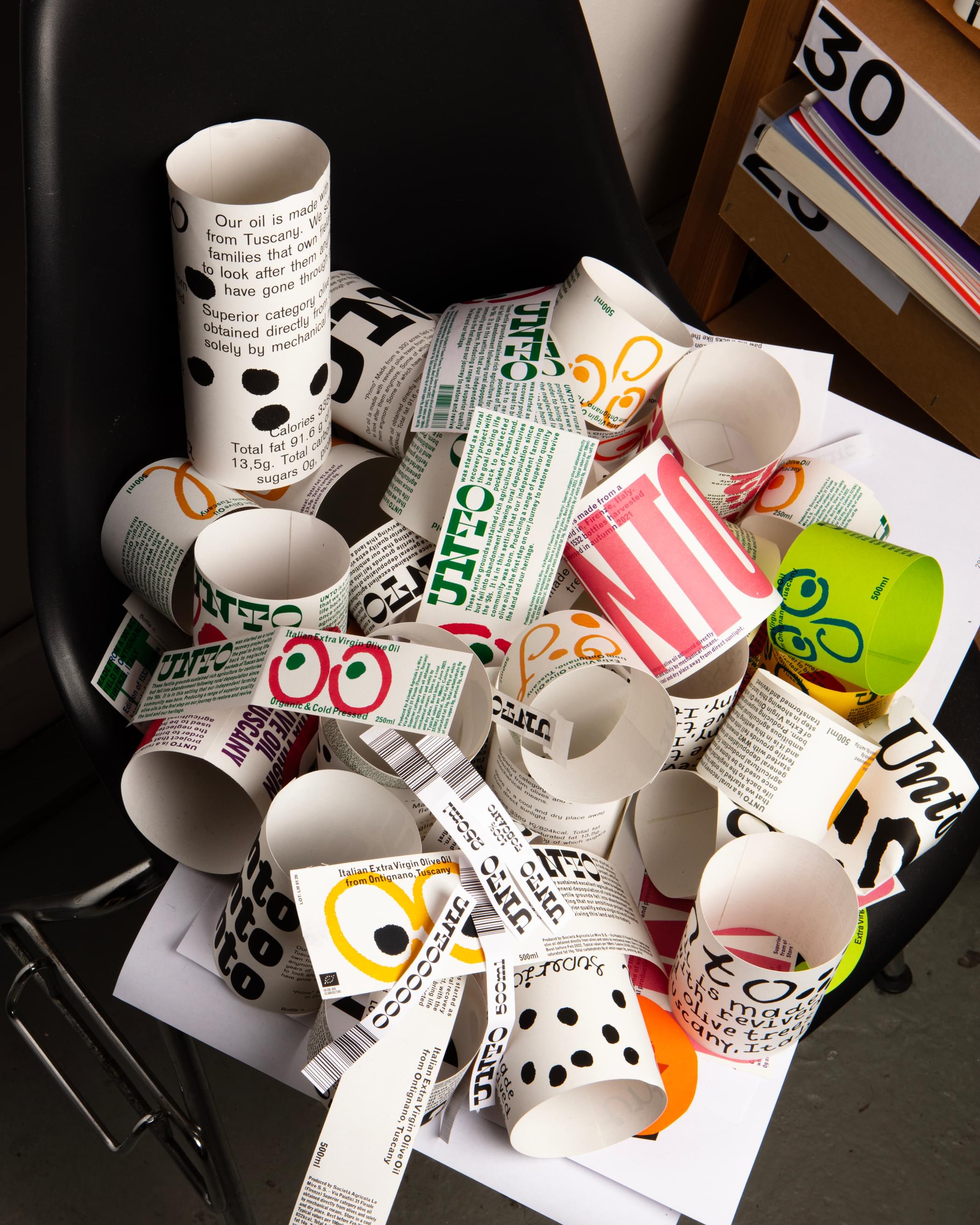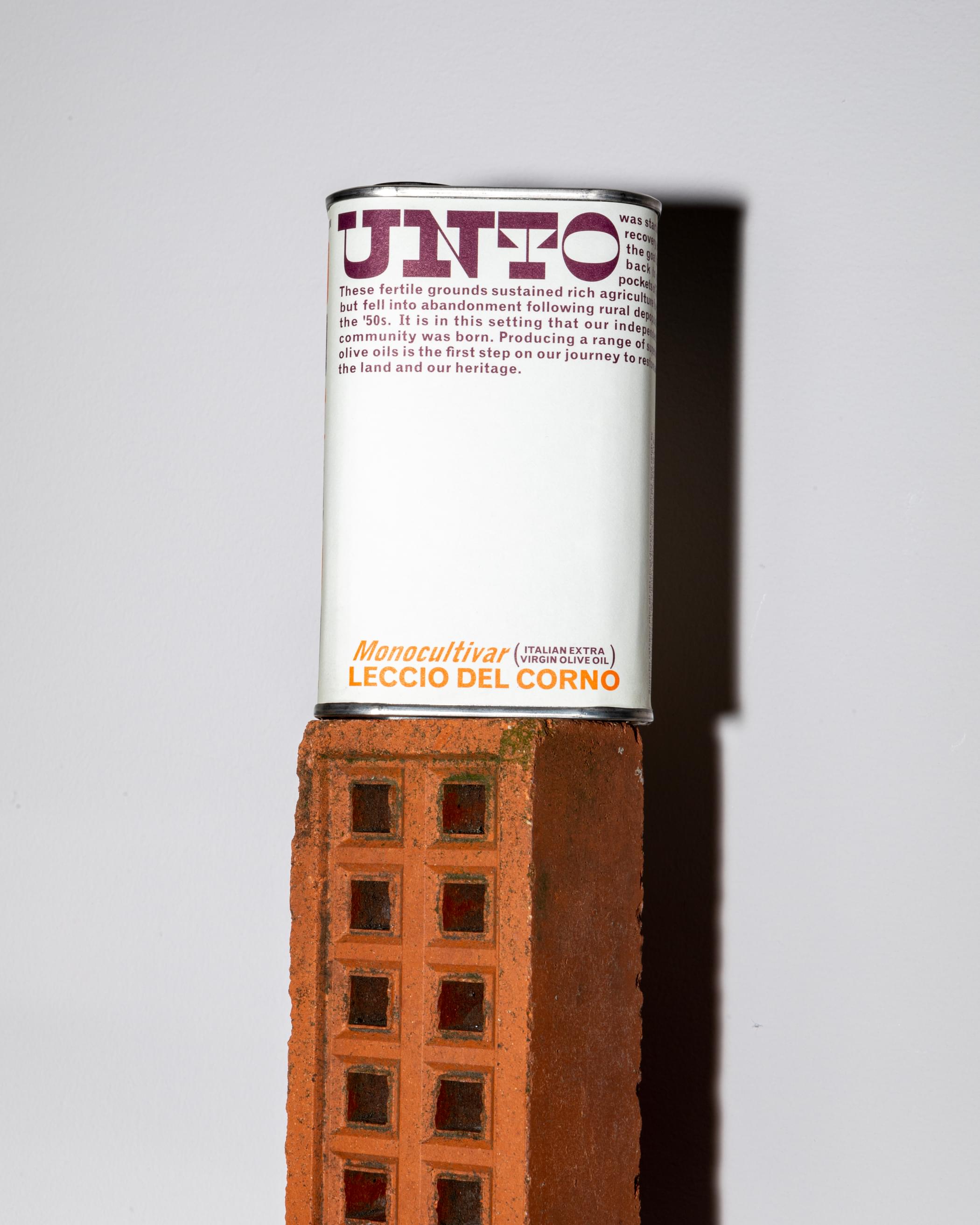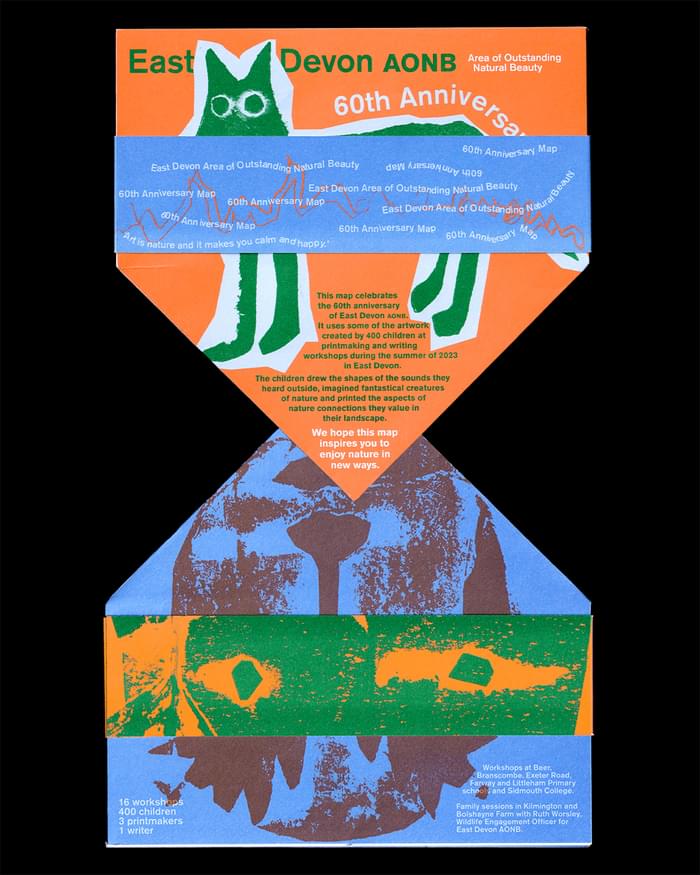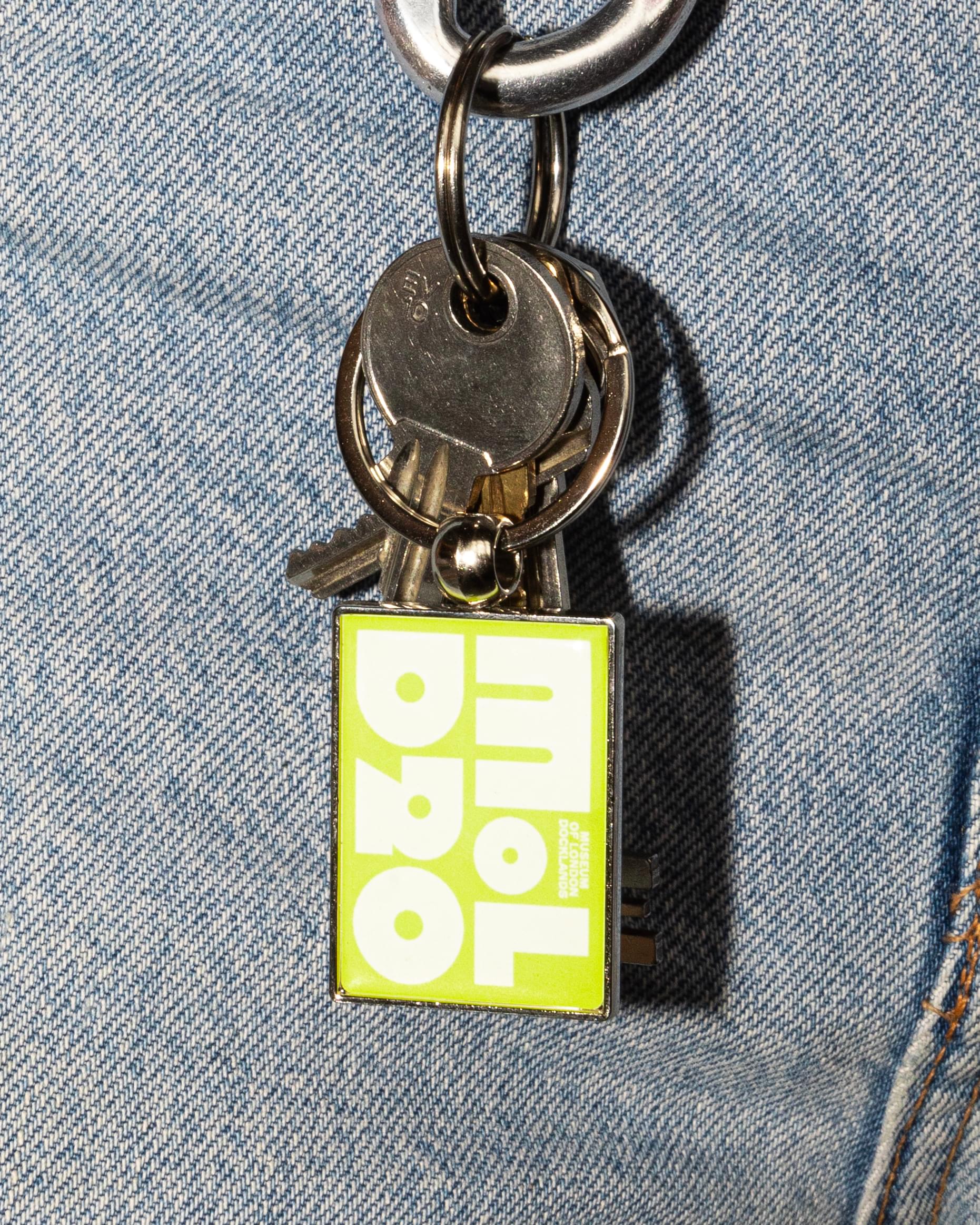
WIP Tell us why you started Studio Bergini right after graduation.
KHB Towards the end of our studies in 2015, we were both feeling a bit disillusioned with education and the academic environment and had already started collaborating on commercial jobs and commissions inside and outside of college. We were both eager to stay in London, develop our design practices on our own terms “in the real world”, and not become a cog in the wheel of some big agency. So, since we were already collaborating well, we decided to give it a go and see if we could make it work.




